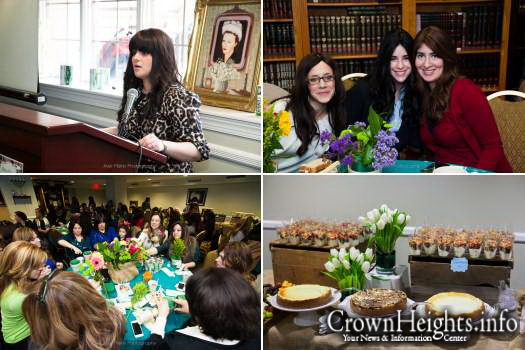
Crown Heights Women Show Support for Bikur Cholim
This past Sunday, women of all ages gathered at a lovely Brunch to celebrate the Volunteer work of Rebbetzin Chaya Mushka Bikur Cholim of Crown Heights and commemorate the Rebbetzin’s 113th birthday. The ladies were treated to a delicious brunch, with an endless array of baked goods, cheese platters, artisanal butters, refreshing beverages, hearty sandwiches, beautiful desserts and more, all prepared and set up by volunteers.
The morning began with a warm welcome by Bikur Cholim board member and driving committee coordinator Naomi Pinson. She thanked the attendees for their support and for helping Bikur Cholim grow by leaps and bounds in the last few years. Naomi took the opportunity to remind everyone what an important role Bikur Cholim rides play in a patient’s care, providing financial respite and companionship during a very stressful time. She asked everyone to reach out to friends and family to try and recruit more volunteer drivers, asking for just one ride a month. Naomi then introduced the featured speaker, Chanie Apfelbaum, renowned blogger at Busy in Brooklyn and dedicated Bikur Cholim volunteer.
As a famous food blogger, Chanie is used to being invited for cooking demos and food talks. But Bikur Cholim invited her to speak about being a volunteer and she was amazed at thehashgacha pratis of being asked to speak on this exact day. This past Sunday marked the 20th anniversary of the day that her brother, Ari Halbershtam a”h, died al kiddush hashem in a terror attack on the Brooklyn Bridge. Chanie recounted Ari’s special relationship with Rebbetzin Chaya Mushka, whose 113th birthday is on the 25th of Adar- this past Tuesday, and for whom Bikur Cholim is named. It is well know that the Rebbetzin was a paragon of chessed, but Chanie had personal stories to share. Here is an excerpt of her talk:
“The Rebbetzin did not have any children and since my father served as her caretaker for many years, he used to bring us to spend time with her so she could be in the company of children. Ari had a particularly close relationship with her. She used to take him to the park, send him packages in camp, and frequently asked the Rebbe if he saw Ari at farbrengens. On Fridays, my siblings and I would have the privilege of spending time with the Rebbetzin. We would have a rotation and each week a different one of us would go, with Ari going every week.
After the Rebbetzin passed away, my mother brought us to her levaya since we felt very close to her and it was almost like losing a grandparent. It as a freezing cold winter day and we noticed a non-Jewish lady standing on the corner of President Street crying bitterly. It was the Rebbetzin’s housekeeper, Elsa. We knew her well because she used to prepare lunch for us on Friday afternoons – many a time it was toast with mayonnaise. My mother offered to take her with us to the cemetery and she was very grateful. When she got in the car, she turned around to us kids and said, ‘You should know that every Friday the Rebbetzin woke up extra early to prepare for the day. She told me not to serve her coffee or breakfast until the kids came, because she wanted to make you comfortable while you ate your lunch.’ This was a woman in her 80’s thinking about making us, 7 and 8 year old children, comfortable. That is what the Rebbetzin was about and the epitomy of what Bikur Cholim is about—stepping outside of ourselves and thinking about the needs of others.”
In tribute to Bikur Cholim Volunteers who give so much of their time, energy, talents, and money, Chanie went on to explain that the often-cited ‘gift of giving’ is about so much more than the sense of fulfillment and satisfaction that comes with giving. Rather, giving changes the giver’s mindset, taking them out of their own immediate limitations and needs and making them sensitive and responsive to the needs of others. This is the ultimate in character refinement. This is the true gift of giving.
Bikur Cholim’s motto is Healing Through Kindness. Chanie recounted being at the meeting where the words were conceived. It goes without saying that when we help others, we actually contribute to their healing. But through kindness to others, we are also healing ourselves.
Illustrating the power of a small act of kindness, Chanie related a vivid memory she has from the chaos and fear that surrounded her brother’s shooting. “When Ari was in the hospital, I remember one night someone picking us up from the hospital and taking us out to dinner.” Being just a child in a tragic situation, that small gesture had a profoundly comforting effect on her and her siblings and stuck with her for life.
Chanie concluded her emotional and personal talk with an illuminating lesson from the week’s parsha. In Parshas Vayakel, Moshe Rabbeinu assembled the yidden to collect nedavos for the building of the mishkan. The word vayakel denotes a single unit, an assembly—in other words, a community. In the coming week, we read Parshas Pekudei, where Moshe Rabbeinu counted each nedavah that was brought. Counting denotes the individual, because each person counts. It is interesting that Parshas Vayakel comes before Pekudei, even though one would think that an individual comes before a community, as one makes up the other. The order of theparshiyos teaches us that it is only when we give ourselves to the community that we realize our true potential as individuals.
“My brother Ari made the ultimate sacrifice for his community. He literally gave up his life for being a Jew—he was a korban for klal yisroel.” Chanie told the crowd, “As women and mothers, the akeres habayis, we also have the ability to give karbanos in our ownmikdash me’at. Through the nedavos that we give (via donations to Bikur Cholim) and thekarbanos we give (the sacrifices we make in our lives – whether it be driving someone to the hospital, or making dinner for a family), these sacrifices are what beautify our mikdash. And it is through them that we will be zoche to ‘veasu lee mikdash veshachanti besocham’ and the coming of Moshiach.”
Next an original video, created specially for this brunch, was screened. It showed interviews with patients, Bikur Cholim recipients and volunteers. One guest commented, “It was so moving to see Bikur Cholim in action. I always thought I knew what Bikur Cholim does, but seeing the faces and stories behind the organization was really eye-opening and inspiring.” The dedicated team of volunteers and full time board members received a standing ovation after the video.
Finally, Mimulo Flowers staged a flower arranging activity. Each guest received a ceramic flowerpot and the necessary tools to create an arrangement just like a pro. In the center of every table was a bucket of flowers, heaping with roses, dendrobium, tulips, alstroemerias, goldenrods, lemon leaves and other choices in every imaginable color. Each guest left with a gorgeous, hand designed, floral arrangement. As an added bonus, the lucky ladies who won the raffle went home with additional exciting prizes.
“We all hope for a day when we are out of business and have nothing to do because everyone is healthy and well,” said board member Esther Lebovic on the video, “but until then, it is a great comfort to know that Bikur Cholim will be there for our community.”
Photos by Meir Pliskin


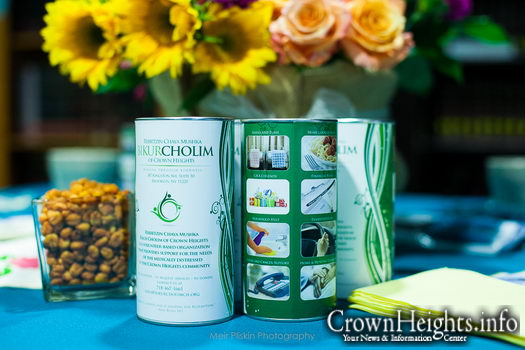

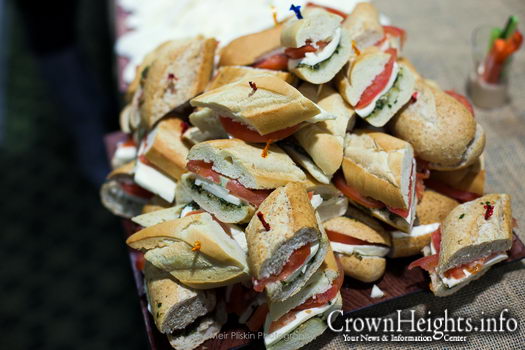



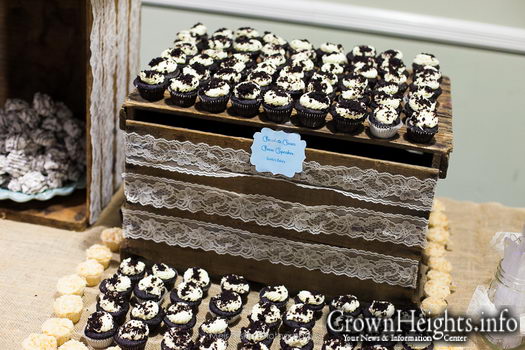


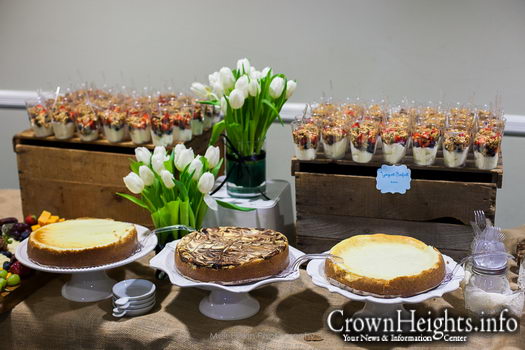
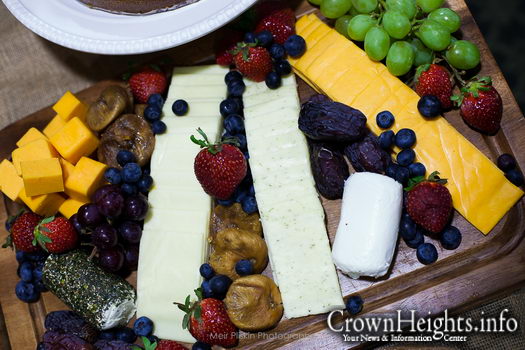

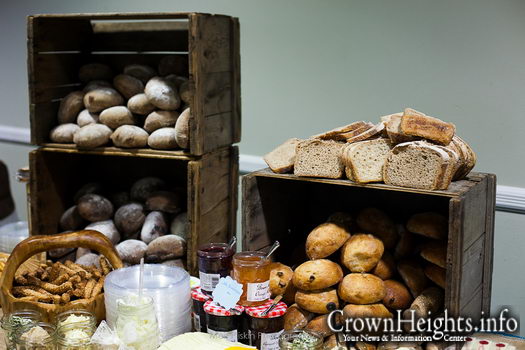


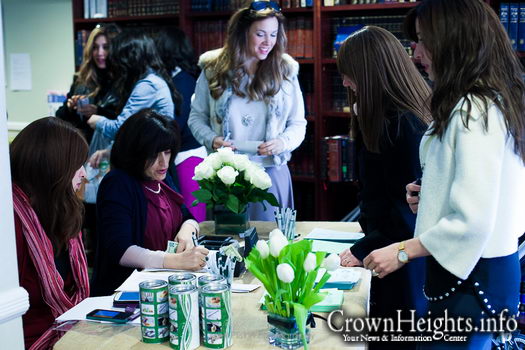
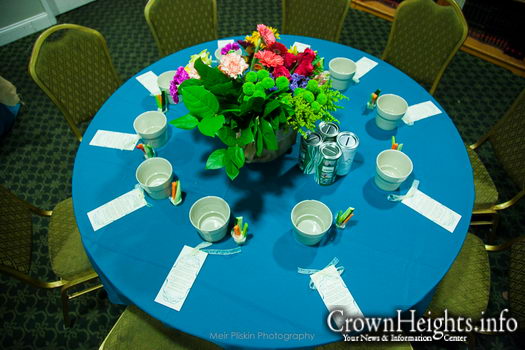

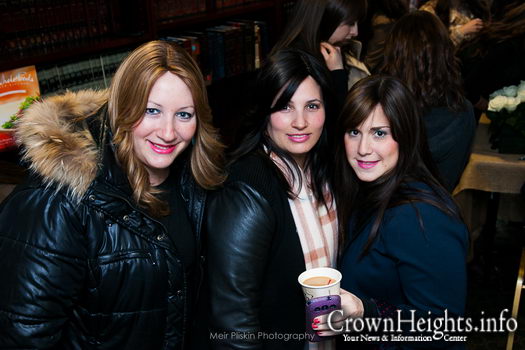
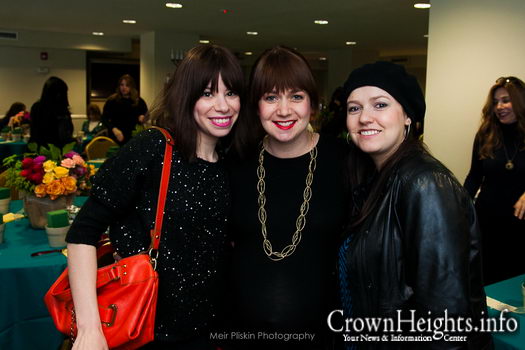
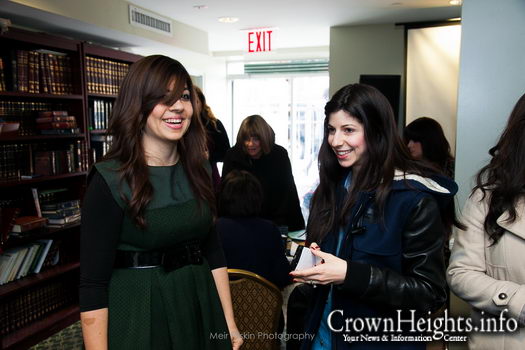
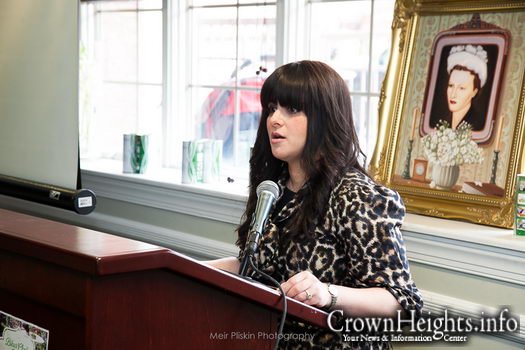
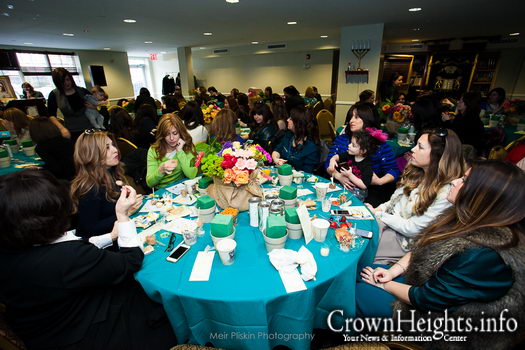
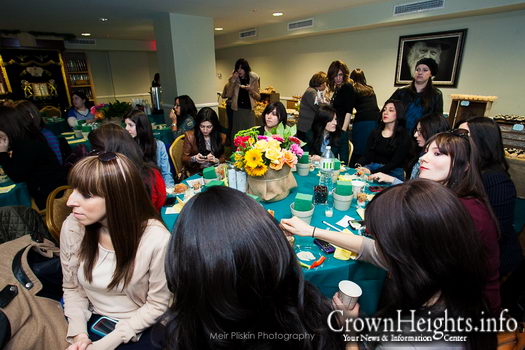
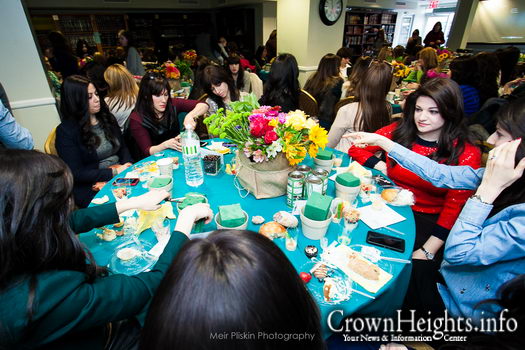
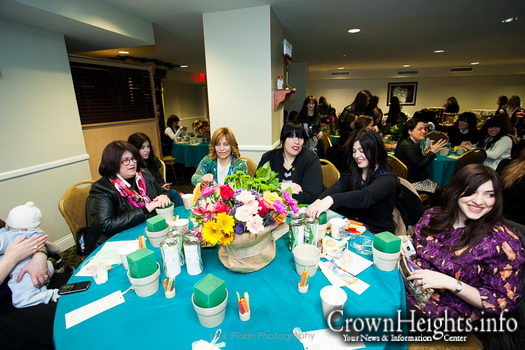
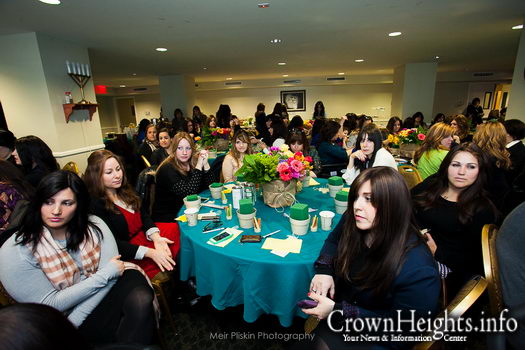
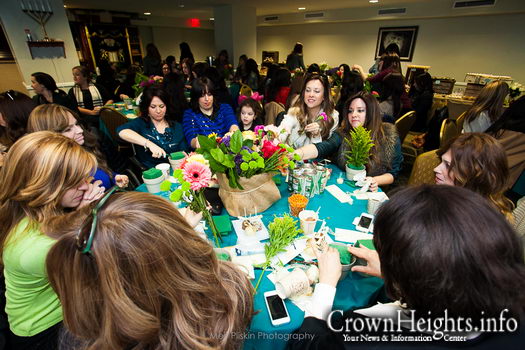
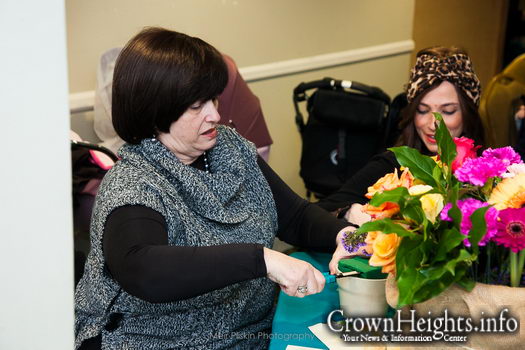
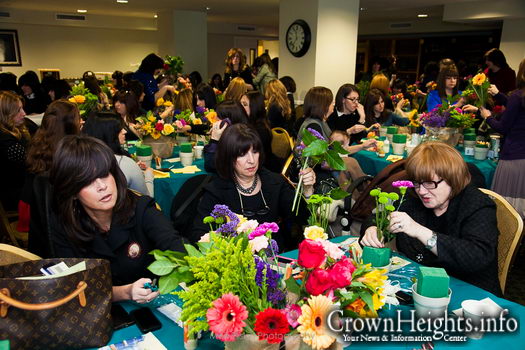
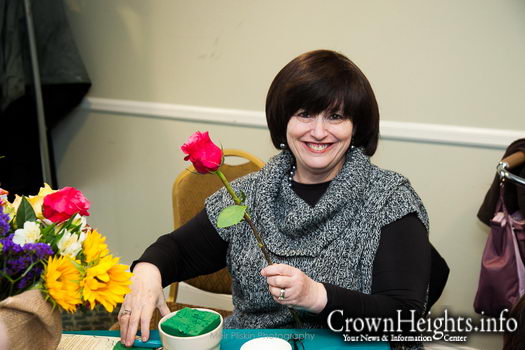

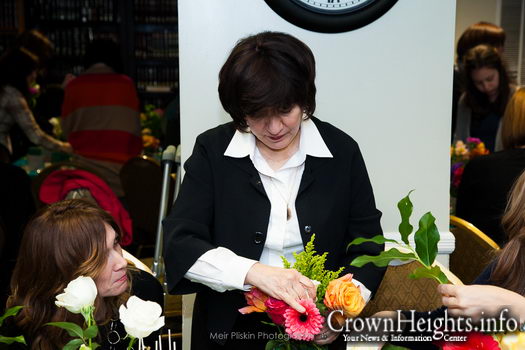
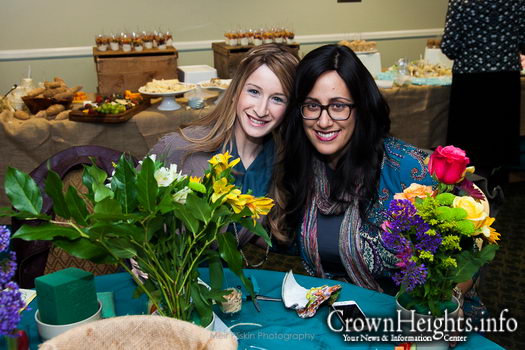
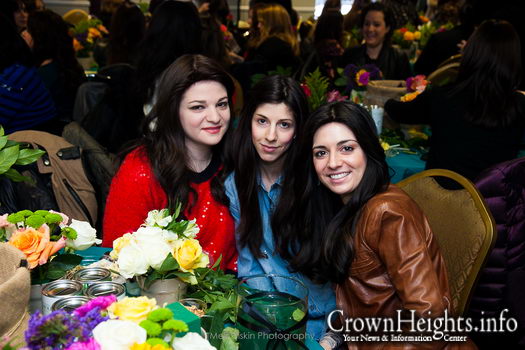
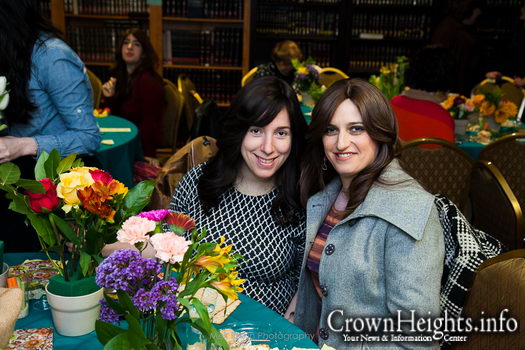

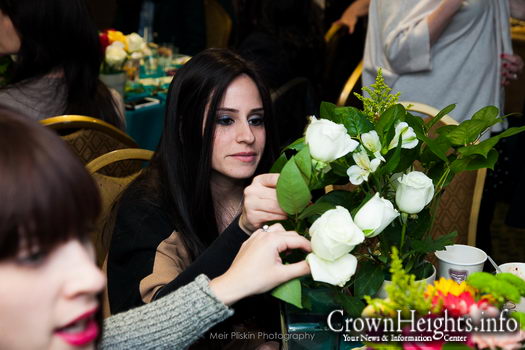
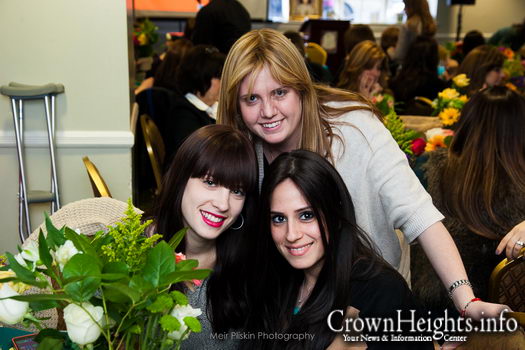
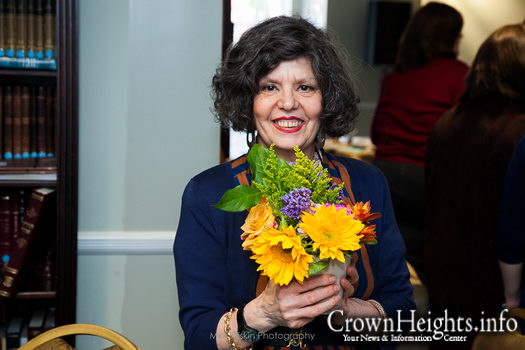
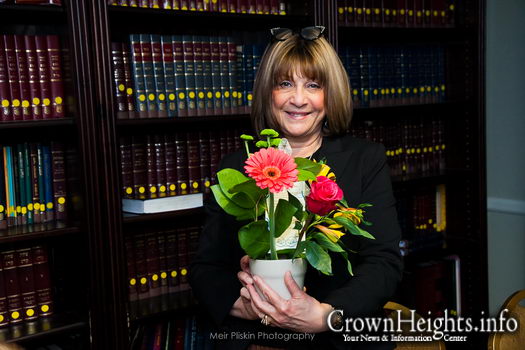
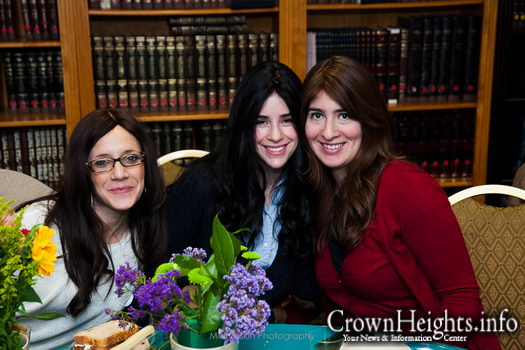
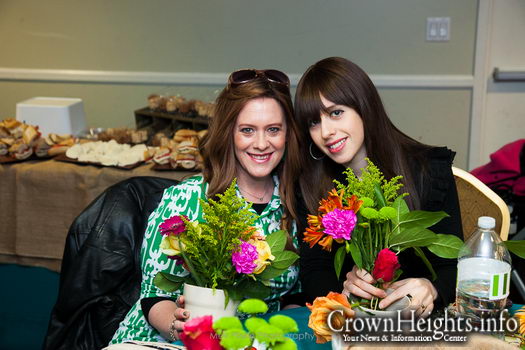
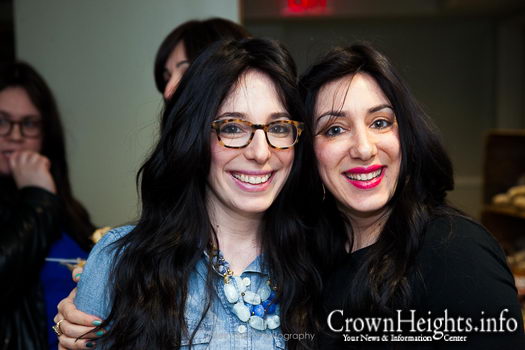
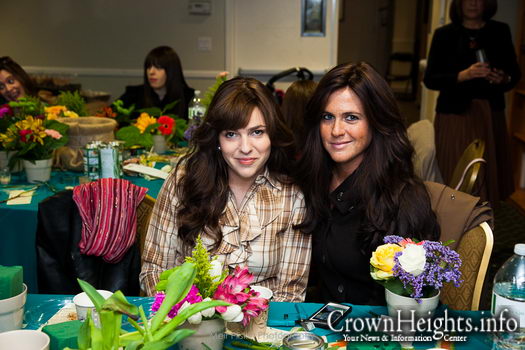
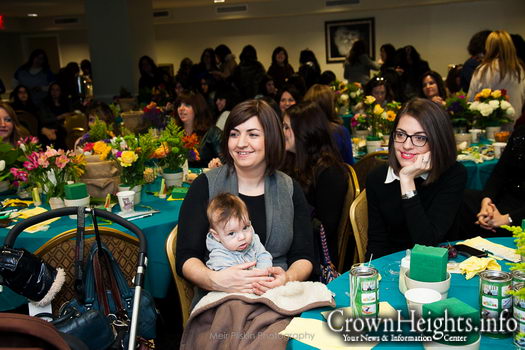
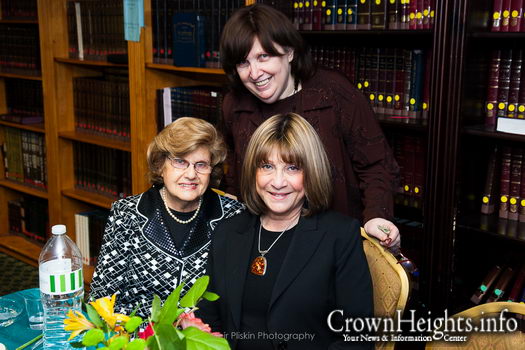
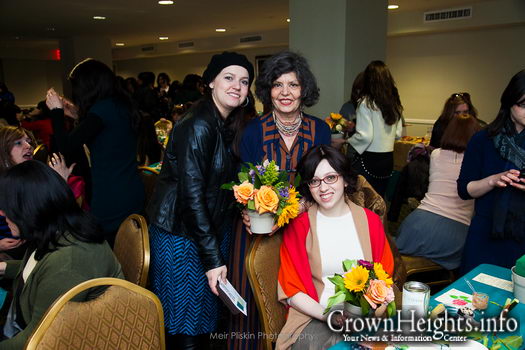
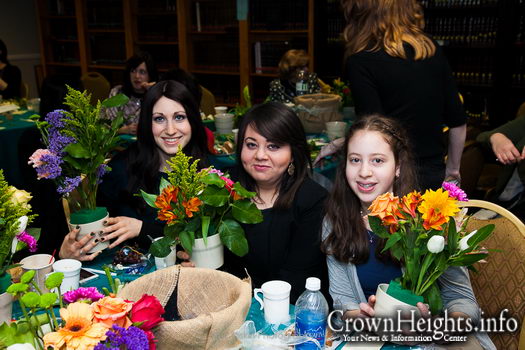
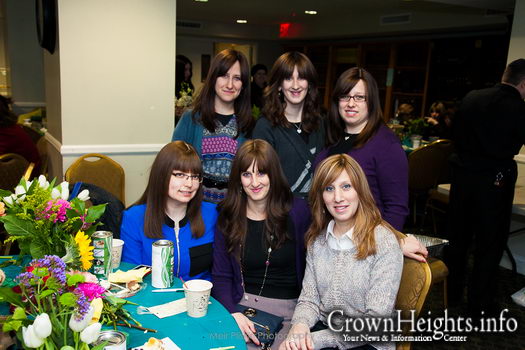
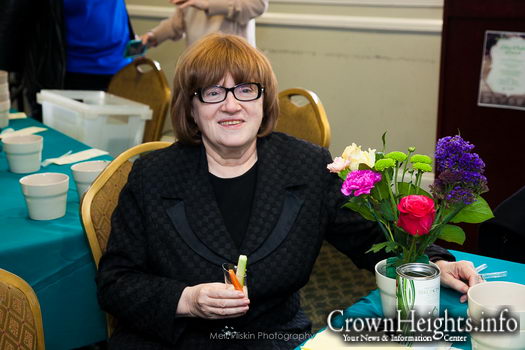












chani
i have a pushka for bikor cholium can somone pic it up???
TO #1
please call 718 467 1661 or email your address to info@bikurcholimch.org. so arrangements can be made..
Dallas
Simply stunning event! Love the picture of the Rebbetzin behind the podium. As an out of towner , I hope the residents of CH know how much they are admired and respected. This is the community that produced our wonderful schluchim. We thank you
style
I know this is totally out of left field. These thoughts come to me as an outsider viewing the pictures.
Just because it is fashionable to wear a long sheitel (or hair) doesn’t mean it suits everyone’s look. So many people would look sooo good in shorter styles, but hide their beauty behind gobs of hair thinking it is gorgeous….
friend
go shainaaaaaaaaaaaaaaaaa !! keep it up!